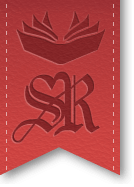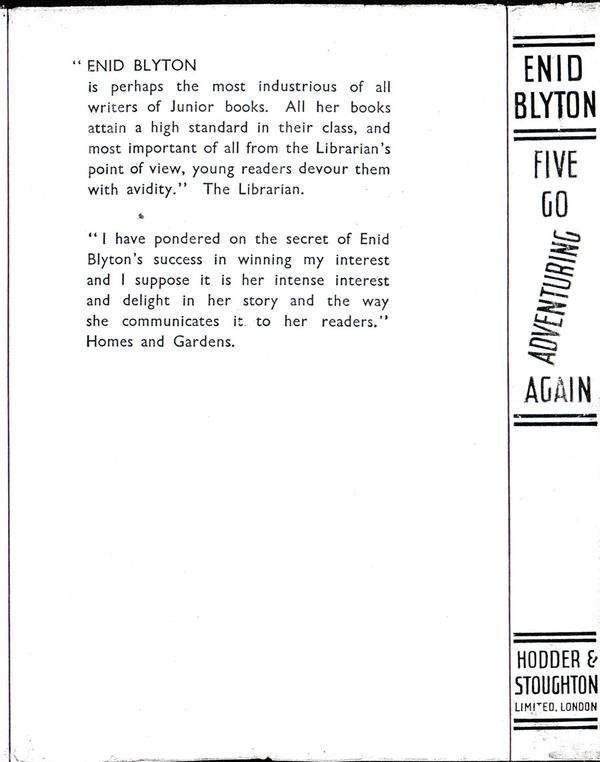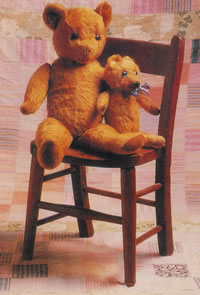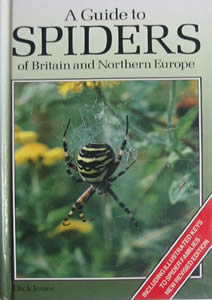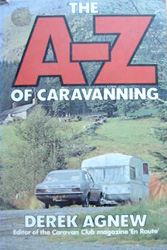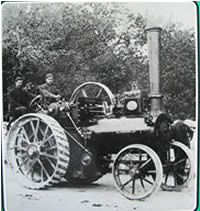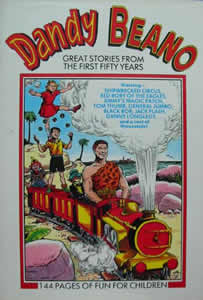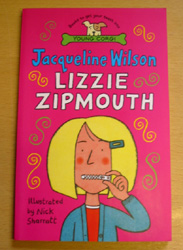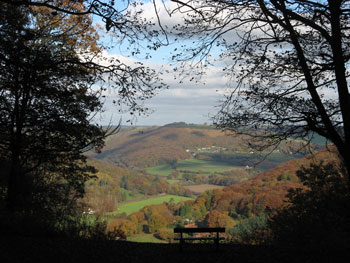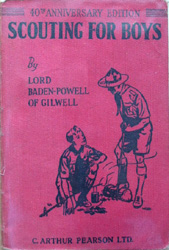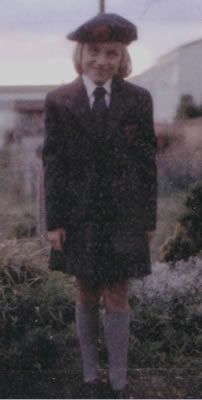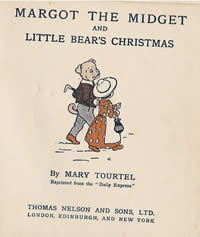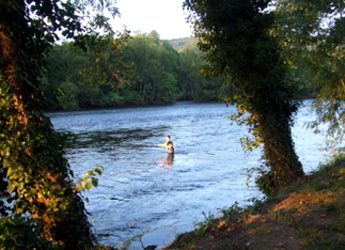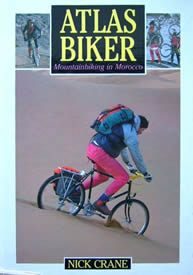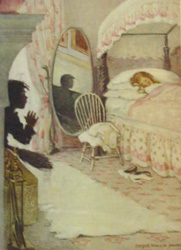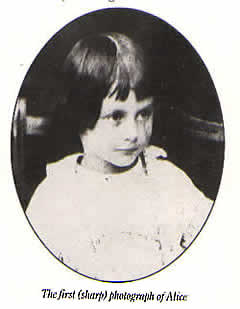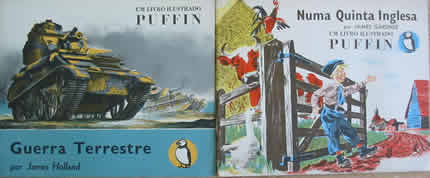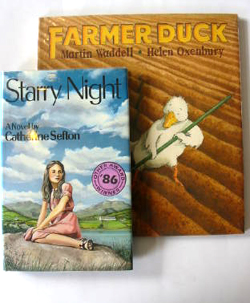‘A Day In The Life’…no,‘A Year In the Day’…no, not quite right,‘A Life In the Year’… oh dear ...
Mummy says Stop Woofling and Get On With It! So here goes – ‘The Amazing, Breathtaking, Colourful…’ no stoppit – ‘Some Adventures From The Diary of a Swedish Vallhund’ (That’s me – Sammy! And this is all about when I was a baby and first came to live with my new Mummy and Daddy…)
Sunday 27th July
Today my new Mummy and Daddy came to take me to my new home. I was a bit frighted, leaving my doggy mummy and brothers and sisters and going off in a big grey box with wheels on and I did cry a bit but Mummy cuddled me and that was so nice I fell asleep. It took such a long time to get to my new home, Mummy and Daddy stopped half way to let me get out for a break and a drink of water. There were lots more big boxes on wheels, more people than I’ve ever seen before, miles of grass and everything was so interesting I just kept looking and looking. When we reached home I found a lovely new crate and pen, all of my own. My pen is my own play space with my crate where I sleep, my water bowl and a tray for me to use for wee and poo. I have lots of new toys, a ball, a rope, a bone and some chew toys. Then Mummy and Daddy put me in my pen in the garden – I wasn’t very happy about that and shouted to let Mummy know. Lots of visitors (Aunties, Uncles and Neighbours) came to meet me and play with me. I loved playing tug of war with Daddy and my rope. At the end of the day I was so tired I fell asleep on Daddy’s feet.
